Narratives of the natural world
Fashioning stories about nature
Featured in
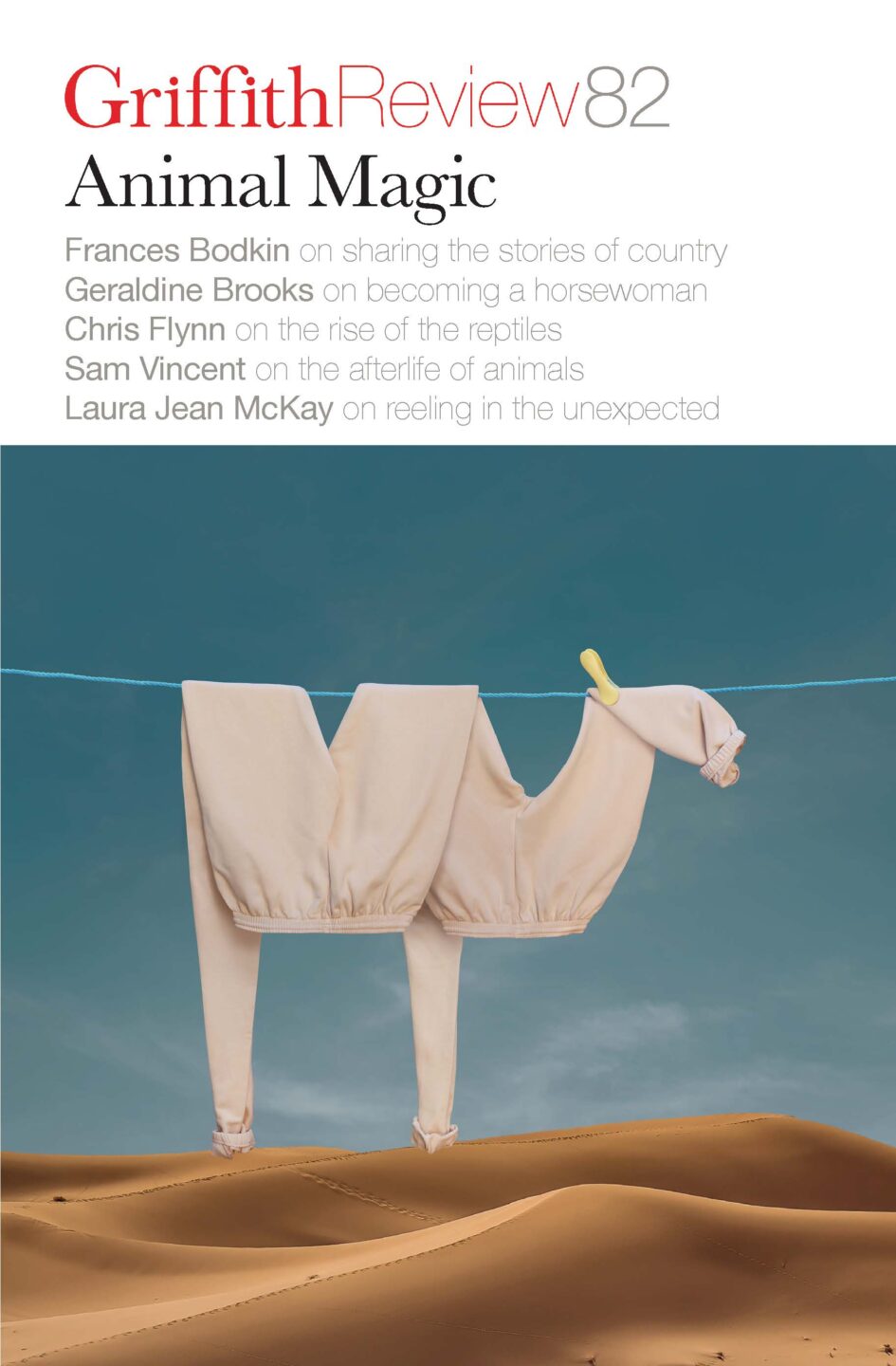
- Published 20231107
- ISBN: 978-1-922212-89-4
- Extent: 207pp
- Paperback, ePub, PDF, Kindle compatible
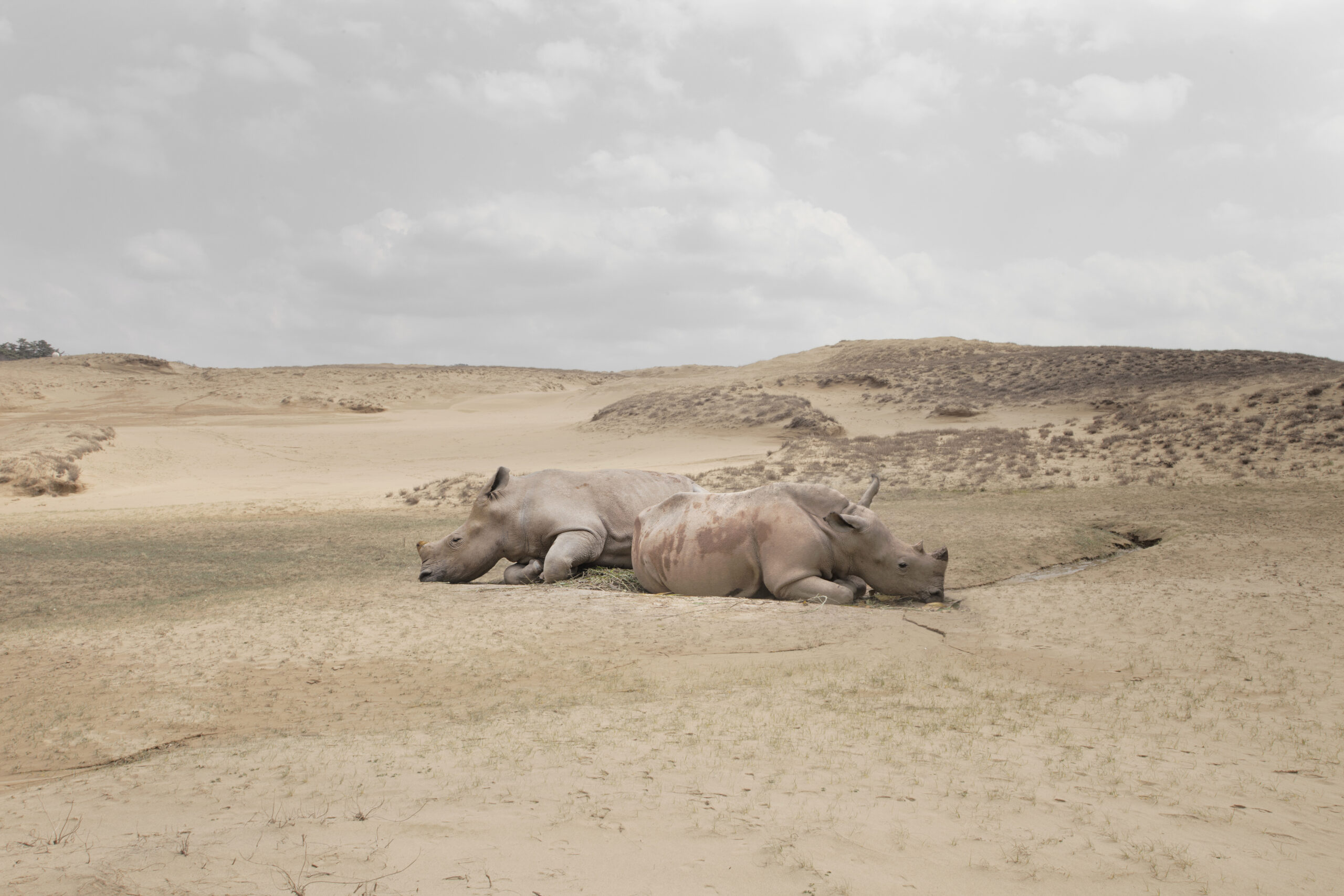
In the work of award-winning Singaporean artist Robert Zhao Renhui, fact and fiction have a complicated relationship. Renhui’s extensive and varied practice – which includes photography, video installation and even a fictitious research organisation called the Institute of Critical Zoologists – explores how knowledge and narrative shape the way we view the natural world and the non-human species we share it with. While his projects often engage with issues surrounding conservation and ecology, they also remind us of the mystery and magic inherent in the animal kingdom and the fallibility of our attempts to understand it.
CARODY CULVER: Tell me about how you came to be an artist. Were you always drawn to photography as an artistic medium?
ROBERT ZHAO RENHUI: When I was sixteen, the only thing I was interested in studying was photography. I was also very specific – I only wanted to photograph nature. The only place that would accept me doing this as a form of formal education was a design institution, Temasek Polytechnic in Singapore. I found a great teacher who told me to carry on photographing nature. I was really obsessed with nature as a subject, trying in my own way to photograph the mystery and weirdness I often encounter when I see animals in society.
Since I was seventeen in school, all my photographic work was about the environment. My best friend is an ecologist and he has spent his life studying birds. This has had a big impact on me. All we’ve talked about is birds for the past twenty years of our friendship. I am very interested in the narrative abilities of images. I do not care so much for the plot of the narrative. Images speak in a different way than a narrative plot does.
I remember when I was in college, I got a grant to visit all the zoos in Spain. I felt the encounter with animals at the zoos was both problematic yet educational. It is probably the only way most people would be able to encounter non-human species. Later on, I realised ideas of nature can be found everywhere, if we look hard and slow enough. Nowadays, I don’t even take photographs myself anymore; I have many remote cameras doing it faithfully for me.
CC: Your work is particularly concerned with the zoological gaze, or how people view animals. What interests you about this? How would you say this gaze has changed over the last century?
RZR: We live in fictions. We make meaning from narratives. We build creative fictions around our lives and these stories form the way we engage with the environment. If we see forests as a potential stockpile of capital, the reality of the forests is that of economy. If we see parks as recreational sites for humans, non-human species will suffer in conflict. If a tree falls, we tell ourselves different stories about why it fell: it fell because of a storm. Wrong, it fell because it was old. Wrong, it fell because it was growing in concrete and it was a matter of time before it fell. Wrong, it fell because there was a termite infestation.
All of these accounts are real yet none of them gives us any clue about the phenomenon of the tree that fell. If we are to focus on just one detail, the truth becomes fiction. In my work, I try to show that the objectification of nature creates fictions that alienate us from the environment. Maybe there are specific reasons and contexts to this very tree and location of this phenomenon. A tree falls because it wants to. It fell because to live is to die. (A dead tree may be ecologically more important than a live tree!) The tree died but will continue to live for the thousands of species of fungi, insects and microbes that will continue to live off this tree when it dies. In that sense, a tree can visualise death much better than humans ever can.
All kinds of interpretation are a form of fiction. These are fictions that we need in order to connect with the larger environment. When our current thinking has failed to make us think of ways to connect with the environment, art may be the only way we can have access to new ways to think about where we are in relation to the environment.
CC: You’ve established a website for the Institute of Critical Zoologists, which is a fictitious scientific research organisation. How does the ICZ intersect with your art?
RZR: When I was doing my degree at Camberwell College of Arts, there was a tutor who noticed that I was producing two bodies of work, one for myself that I did mainly for fun, and another set of more research-based work for school. She said I could afford to combine the two together – maybe something may happen. That was why I first started the Institute of Critical Zoologists. It was created for me to have a framework for my earlier projects and my book projects. Later on, each project helped me shape the idea and vision behind the ICZ, of what an organisation of the arts can look like when researching nature.
The ICZ was a way of playing with and subverting the ways that knowledge is produced about nature, whether via classificatory structures of natural history or via the disciplinary methods that humans have used in the past to ‘tame’ or subjugate the unruliness of the natural world. It was also a way for me to pair fiction and fact together to destabilise how we usually interpret images about nature.
CC: Some of your artistic projects are shaped around a concept that merges fact and fiction. For example, several years ago you created a series of photographs that purported to show the winning entries in a competition that asked scientists to mix the genes of insects and plants. But there’s no such competition, and the photographs only depict leaves, not insects – instead, viewers’ imaginations, prompted by your narrative, lead them to believe that what they’re looking at is a plant-insect hybrid. How would you characterise the creative possibilities of these fictitious concepts for your art?
RZR: My work The Great Pretenders, featuring pictures of leaf insects, was published by Discover Magazine, a popular science journal, some years ago. They had written to info@criticalzoologists.org to ask for the high-resolution files. The magazine published one photo with a caption saying that there was the world’s most well-camouflaged leaf insect in there. But the photograph didn’t have any insects at all. The photograph was showing only plants. In this project, I was really interested in how a plot can make you relook at images, especially nature images. You see what you believe. Without a narrative, we will most likely be at a loss when interpreting nature photographs.
(An interesting side anecdote: through The Great Pretenders, I met a world authority on hoverflies, Martin Hauser. He was the only person that wrote to me after the photograph was published. In his email he said that he was not convinced that he could not see the leaf insect in the photo, even after being an entomologist for so many years. I met him last year and we had a collaboration during my residency in the Kadist Art Foundation in San Francisco.)
Today, most of our relationship with nature is deeply rooted in fiction. The reality of nature can mean very different things for different people. Nature is also something that can be represented and controlled. When representation occurs, it is always just a slight version of the actual experience. I think the way I work is very much the same as most other photographers: I present a view that I feel makes the most sense to me at that point of time. This may not necessarily be real. Much of my observations show that we are really conflicted about what nature is really about. Tactics of falsification underlie many of my early works in photography because I wanted to uncover both a misplaced faith in photographs as indexes of ‘truth’, as well as the asymmetrical power relations behind representing nature as undemanding, stable objects of knowledge.
But nowadays I’m less interested in creating fiction than in engaging with the real. The real is already weird enough. For example, in 2020 I was very fortunate to witness 10,000 storks appearing in Singapore. This has never happened before; it was a historical moment. I quickly called my friend, the bird ecologist Dingli. He told me that these were storks escaping from a severe drought in Thailand, more than 2,000 kilometres away. The experience of this phenomenon, as visionary, mysterious, menacing, filled with portent, definitely an Event with capital E…was more than any fiction I could spin. Now I believe this is the sort of experience I would like to honour and explore in my work.
CC: I’ve read that the question you always ask through your art is ‘What does “nature” mean?’ Do you think our ideas of ‘nature’ or of what’s ‘natural’ are shifting as the twenty-first century progresses? How does photography affect our understanding of what’s ‘natural’ or even ‘real’?
RZR: Generally, thanks to figures like Donna Haraway, contemporary philosophical currents are leaning towards dissolving the ontological divide between nature and culture, human and non-human. Right now, I’m developing a project called Albizia, which brings together a lot of ideas I’m exploring. An area of research I have been developing over the past eight years is the secondary forest. Secondary forests are regrowth forests where nature has taken over land that had once been cleared or disturbed by humans. They are often regarded as less ecologically important than primary or virgin forests, but are key sites of regeneration and regrowth, repopulating and regreening former wastelands. They are also zones of adventurous hybridity and radical hospitality, where traditional hierarchies and categories get blurred. They do not differentiate between native and alien species, legal or illegal inhabitants, human-made or natural. My past few projects have involved close observation of these sites and research into their multilayered histories, inhabitants and systems. One of the key methods of observation is via motion-triggered camera traps to capture footage of little- or never-before-seen activity in these overlooked spaces.
The eventual work will involve videos, photography, installation and evocative light and sound design. I hope it can celebrate and archive the rich multiplicity of interspecies interactions, and the unfolding of complex and unpredictable relationships and layers of experience. I also hope that it invites viewers to consider the potential for the secondary forest to reimagine possibilities of mutual coexistence and flourishing in marginal sites, and provides a vision for life and regeneration for a more ecologically minded and open planetary future.
CC: In a 2013 interview, you made a very pertinent observation about your relationship with activism. While you’re interested in animal welfare, you said that your work ‘is not trying to foreground any kind of emotional response to animals because emotion stops the conversation rather than expands it… I’m very wary of activists or any form of activism for subjects that are otherwise voiceless.’ Do you still feel this way? What sort of response do you hope your work might provoke in viewers?
RZR: I think activism for non-human species is very important. As an artist, I feel my art does not make effective activism as I try to encompass a larger perspective on the connections we have with the wider environment. A lot of times, these are immediate encounters and observations in a secondary forest. This could mean treating a rock or a piece of debris in the forest as you would treat a person. I try to give all non-human species equal attention. A trash bin that has been abandoned in the forest for a decade and now filled with rainwater is not only a mosquito-infested bin of stagnant water, but it could also be a source of life for non-human inhabitants of the forest. Eagles and large mammals staying in the forest may use it as a drinking pond for many generations. Sometimes, a large monitor lizard would take a swim in it, offering you a really strange view of reptiles playing. The trash bin, a literal symbol of trash that has been left behind by us, can have its relevance and urgency that is both weird and mysterious.
Share article
About the author
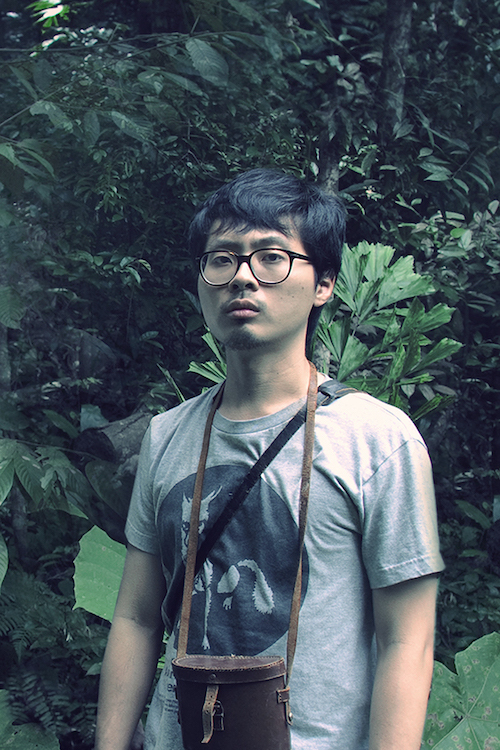
Robert Zhao Renhui
Robert Zhao Renhui is a Singaporean artist whose work has been widely exhibited internationally. He has received several prizes, including the Deutsche Bank Award...
More from this edition
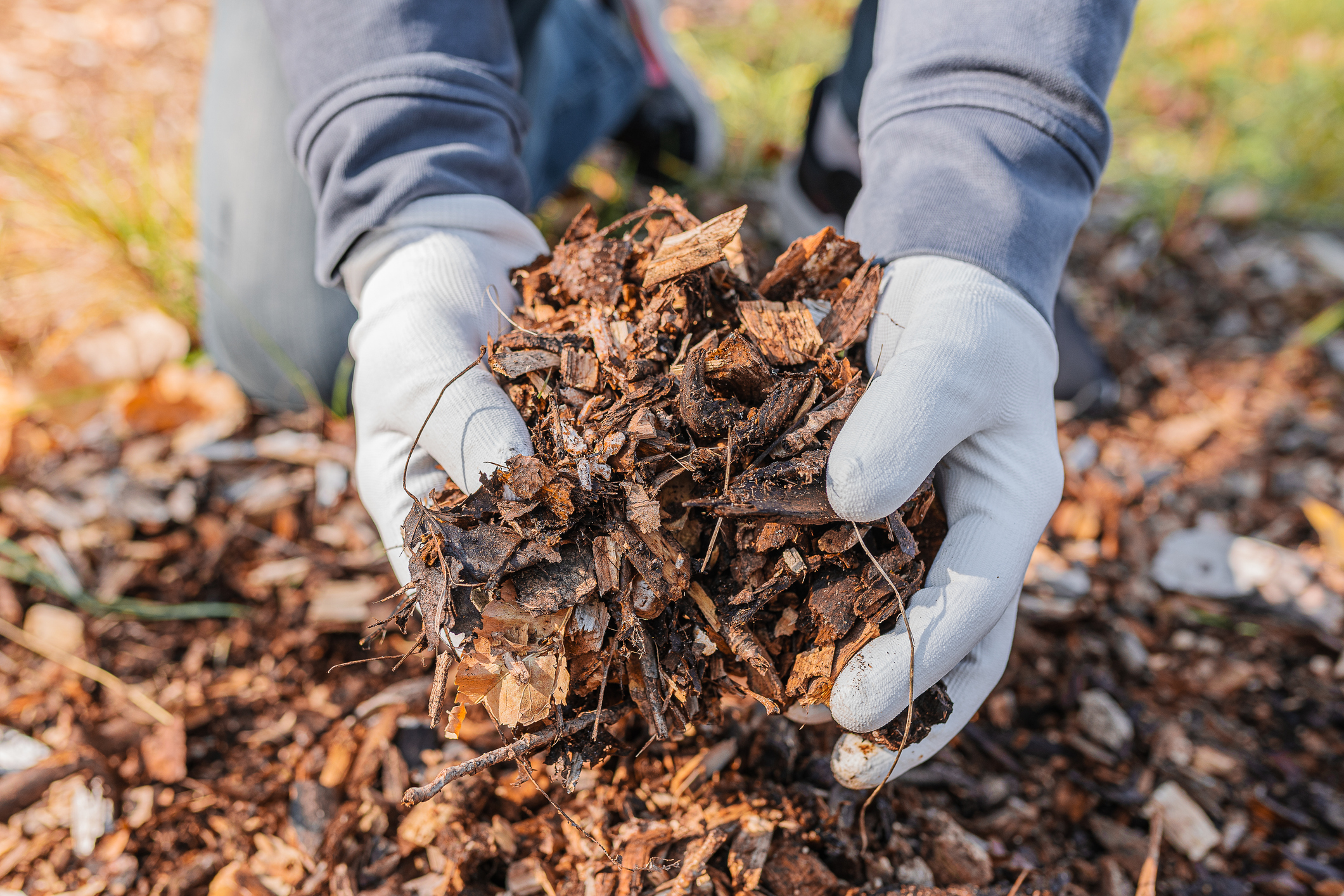
Smoking hot bodies
Non-fictionSince 2013, South Korea has mandated the use of compost bins for uneaten food and the country now recycles an estimated 95 per cent of its food waste. Similar schemes exist in Europe and North America, and in June, Nevada became the seventh American state – after Washington, Colorado, Oregon, Vermont, California and New York – to legalise human composting. Known as ‘terramation’ or ‘natural organic reduction’, the process entails a certified undertaker placing the cadaver beneath woodchips, lucerne and straw in a reusable box, where, with the controlled addition of heat and oxygen, it decomposes within eight weeks.
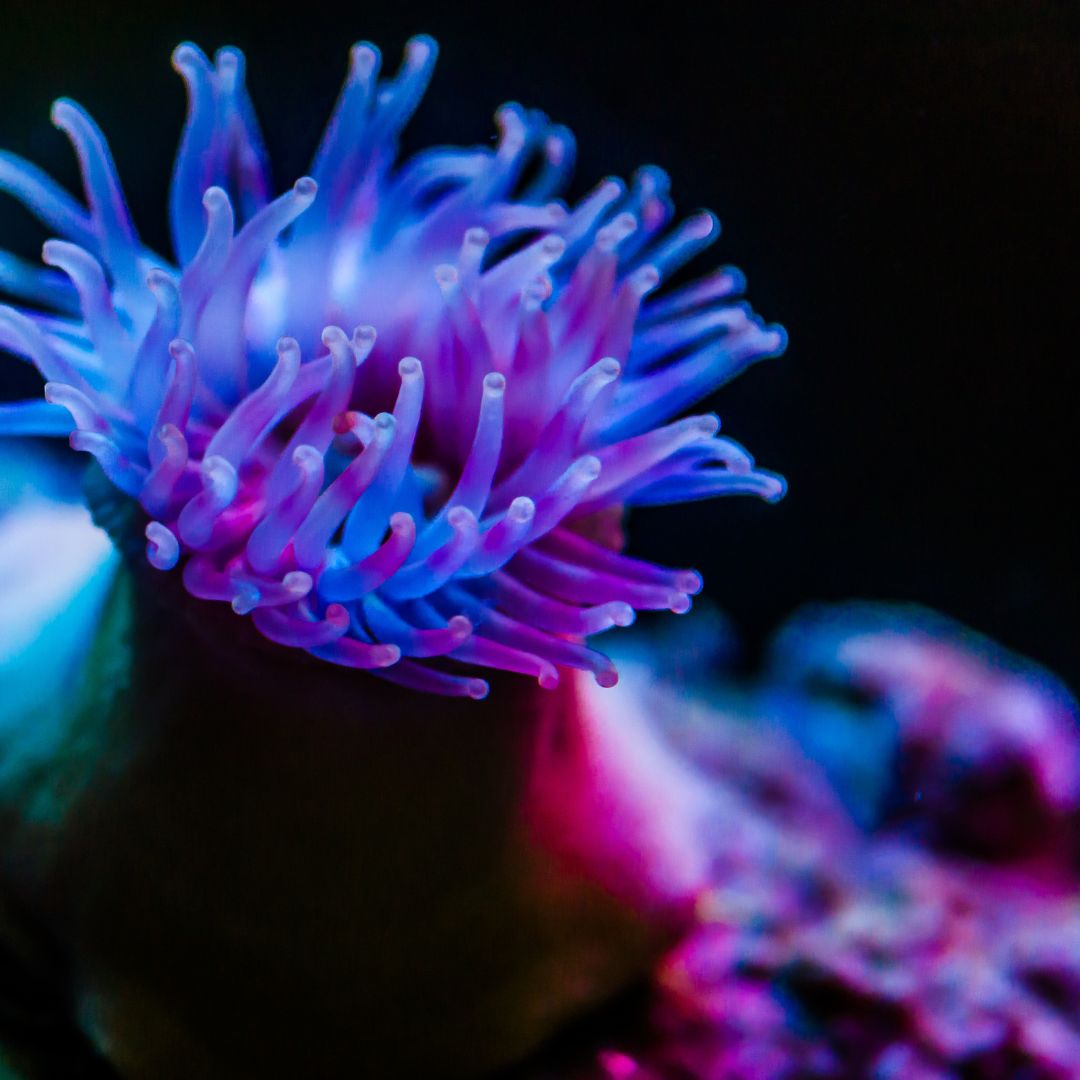
Anemone
Poetry Lady, in this heavy light you show tender: waving your insides outside, buffeted by the sea’s old heave ho. Nobody calls out medusa – but there’s a distinct...
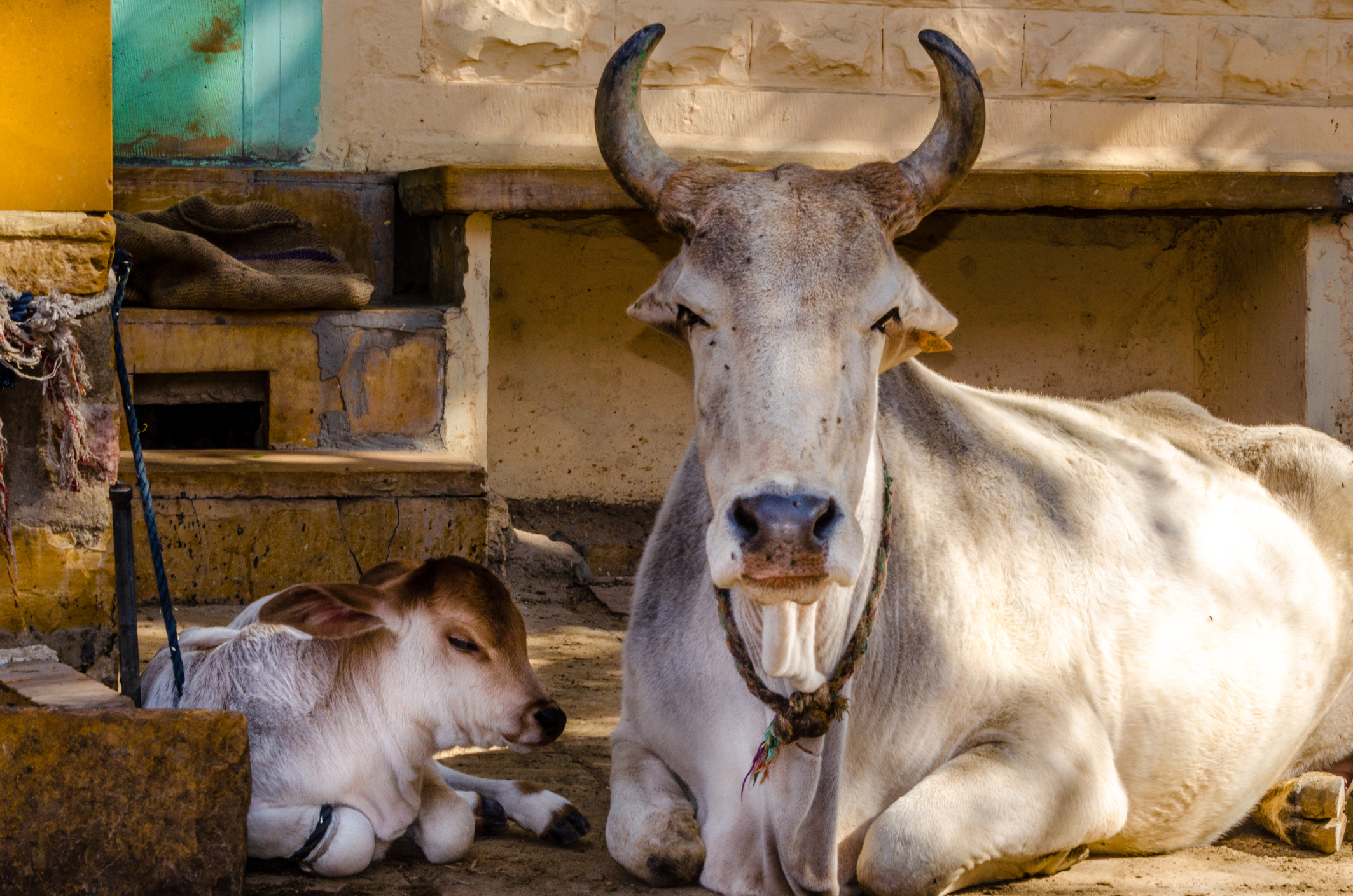
Divine dis/connection
Non-fictionMY FAMILY HAVE always been wary around animals, especially in the home (I could have written ‘non-human animals’, but a stark separation of human from animal is truer to them). My brother and I have changed because of animal encounters in share houses and via intimate others, and we now each live with a partner who likes cats (I ‘have’ one cat; he ‘has’ two). But our parents have remained the same.